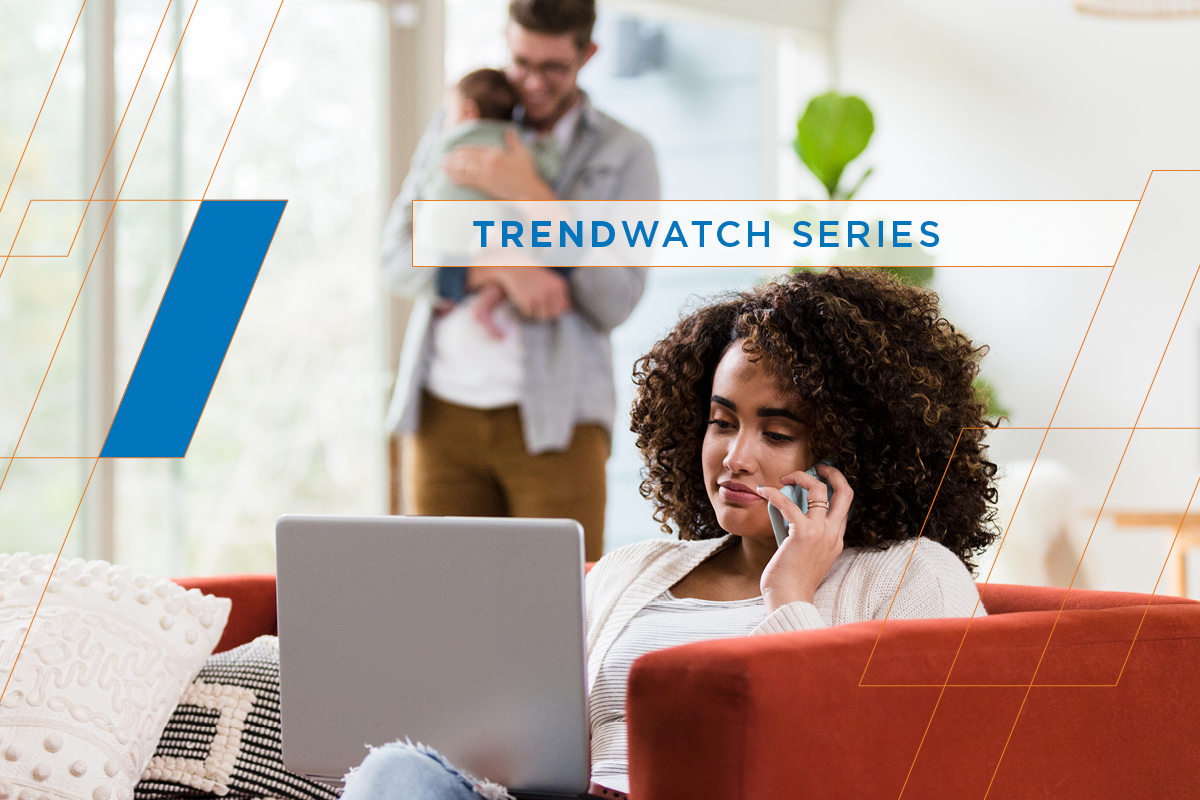Summary
- The pandemic brought many things to light, one of them being the absolute necessity for reliable internet.
- When households suddenly needed internet for work and school, large inequities in affordability and accessibility were magnified and exacerbated.
- This is especially the case in rural communities. Here, get information to help eligible households sign up for the Affordable Connectivity Program (ACP).
Closing the Digital Divide
To address the need for accessibility, the White House funded ACP, The Affordable Connectivity Program (previously titled EBB-Emergency Broadband Benefit Program). The program offers discounts of up to $30/month on internet service delivered by a participating Internet Service Provider (ISP). Most major providers have opted-in, covering 80% of the U.S. population, according to a White House briefing. Many of the major ISPs have also created service plans that the ACP discount fully covers.
The White House estimates that 48 million or 40% of U.S. households may be eligible for ACP benefits, yet only approximately 12.5 million have signed up to participate as of late June 2022 reports the ACP Enrollment and Claims tracker. With inflation at a startling 8.3% , more consumers are expected to take advantage of the program to mitigate the rising cost of living, gas prices and grocery bills.
Awareness of broadband subsidies and benefits seem to vary widely, as noted in an AT&T survey reported by Fierce Telecom in January 2022 that asked people about their awareness of the EBB program. The October 2021 survey reported that only 12% of consumers were aware of the EBB program and applied, while 13% reported being aware but did not apply. Awareness also varied by state. For instance, 61% of consumers in Kansas knew about the program, compared to only 45% in Kentucky.
The goal is to make more households aware of this valuable program, but also to motivate them to sign up.
Engaging Eligible Households
1. Use the Right Media: The best way to engage these consumers is to identify and reach them with a targeted message in the geographies where internet services are available. Many telecoms rely on TV as the best way to deliver an effective message, but according to Prosper Insights & Analytics™, 59% of telecom purchase influence comes from print and digital.
2. Make it Personal: Consumers have consistently indicated they are more apt to engage with a brand that personalizes its message. Utilizing the same offers and messaging as non-ACP campaigns is likely not going to get the attention if a consumer does not think they can afford the service. Households that have yet to sign up require more information on the program and its benefits.
3. Deliver a Holistic Message: Vericast Awareness-to-Action studies (fielded by Prosper Insights & Analytics in 2020 and 2021) confirm that 34% of consumers are more likely to buy from a brand that provides a consistent experience across interactions. A holistic, strategic approach to planning with a unified platform is needed to successfully engage ACP eligible consumers. A platform such as Vericast’s Illumis™ uses billions of non-cookie-reliant data points anchored to the household to deliver a seamless experience and message with both print and digital media.
4. Incorporate the Power of Print: Direct mail that can deliver messages at the household level has staying power and provides an informative experience that will live in the house longer than digital ads. In fact, 72% of consumers read or look at ads that come in the mail and on average, hold on to the piece for 14 days (Vericast Awareness-to-Action Study).
Using a singular approach to deliver the right message allows companies to engage with ACP-eligible households and inform them of their internet options, while we work to bring affordable, reliable internet to all.
Don’t miss out on this opportunity to connect with more of your audience. Contact us today and learn how to reach these ACP-eligible consumers.



